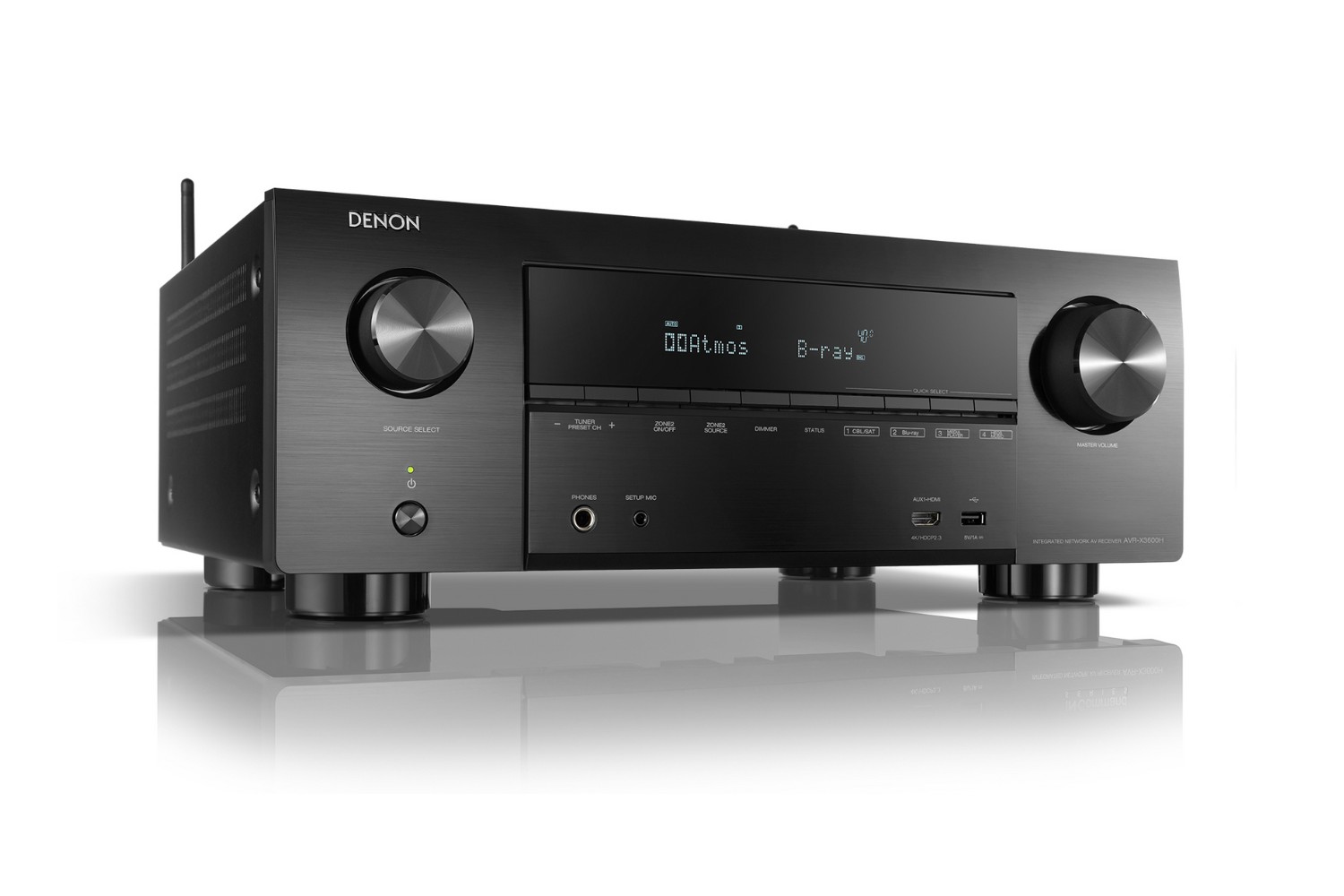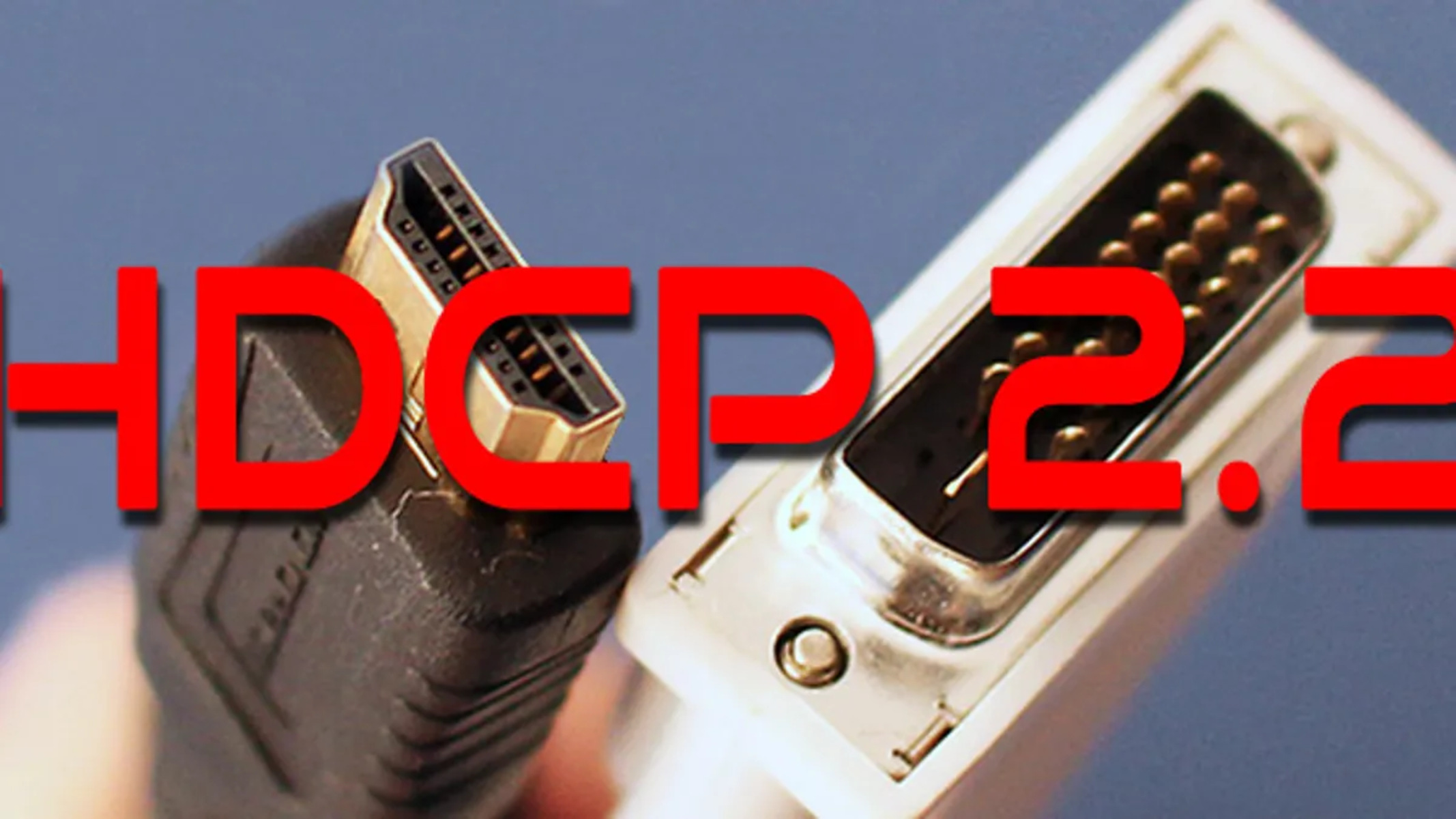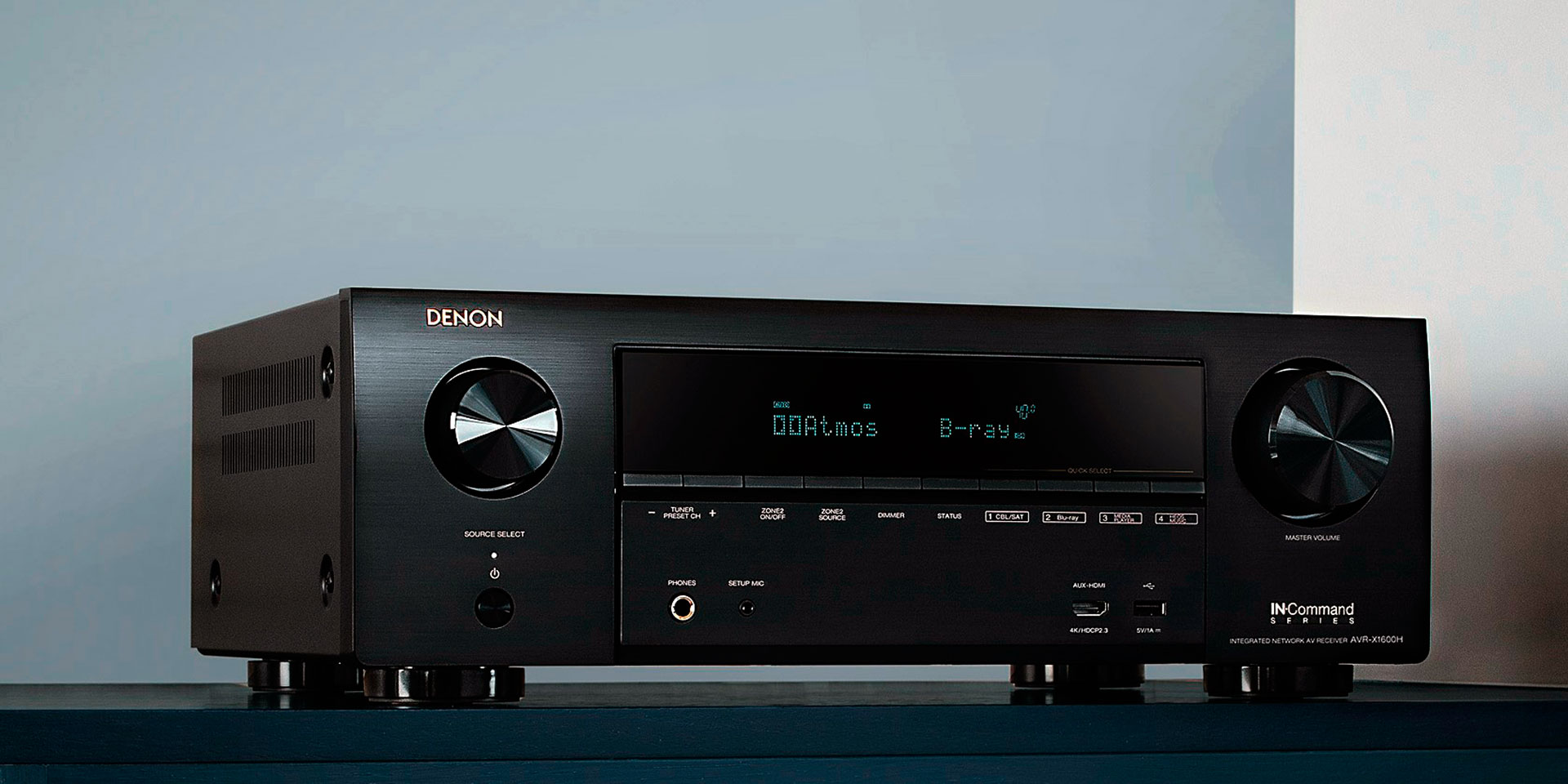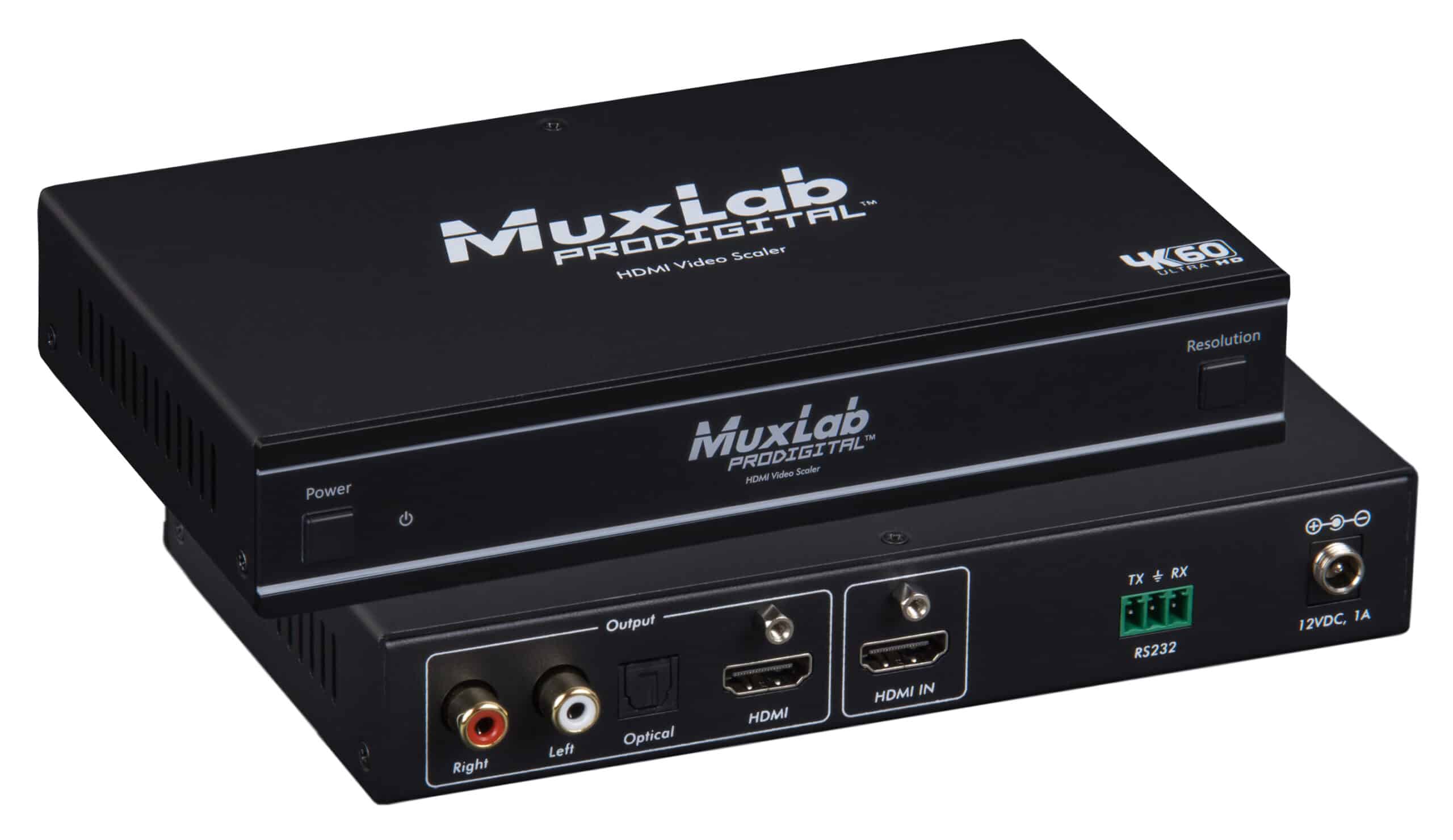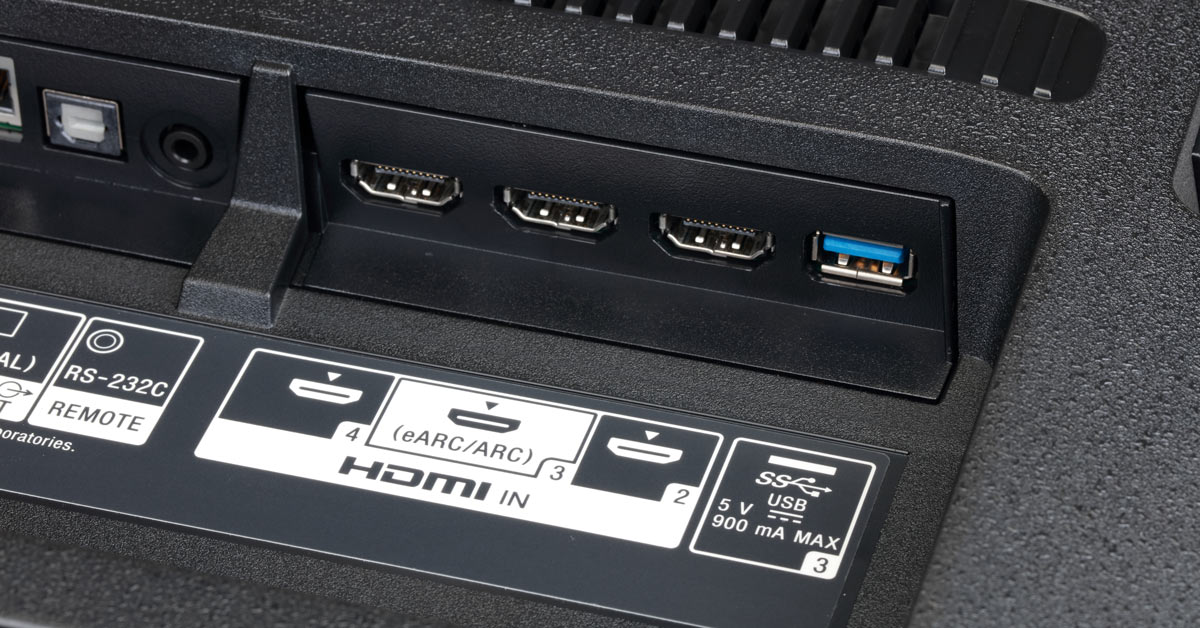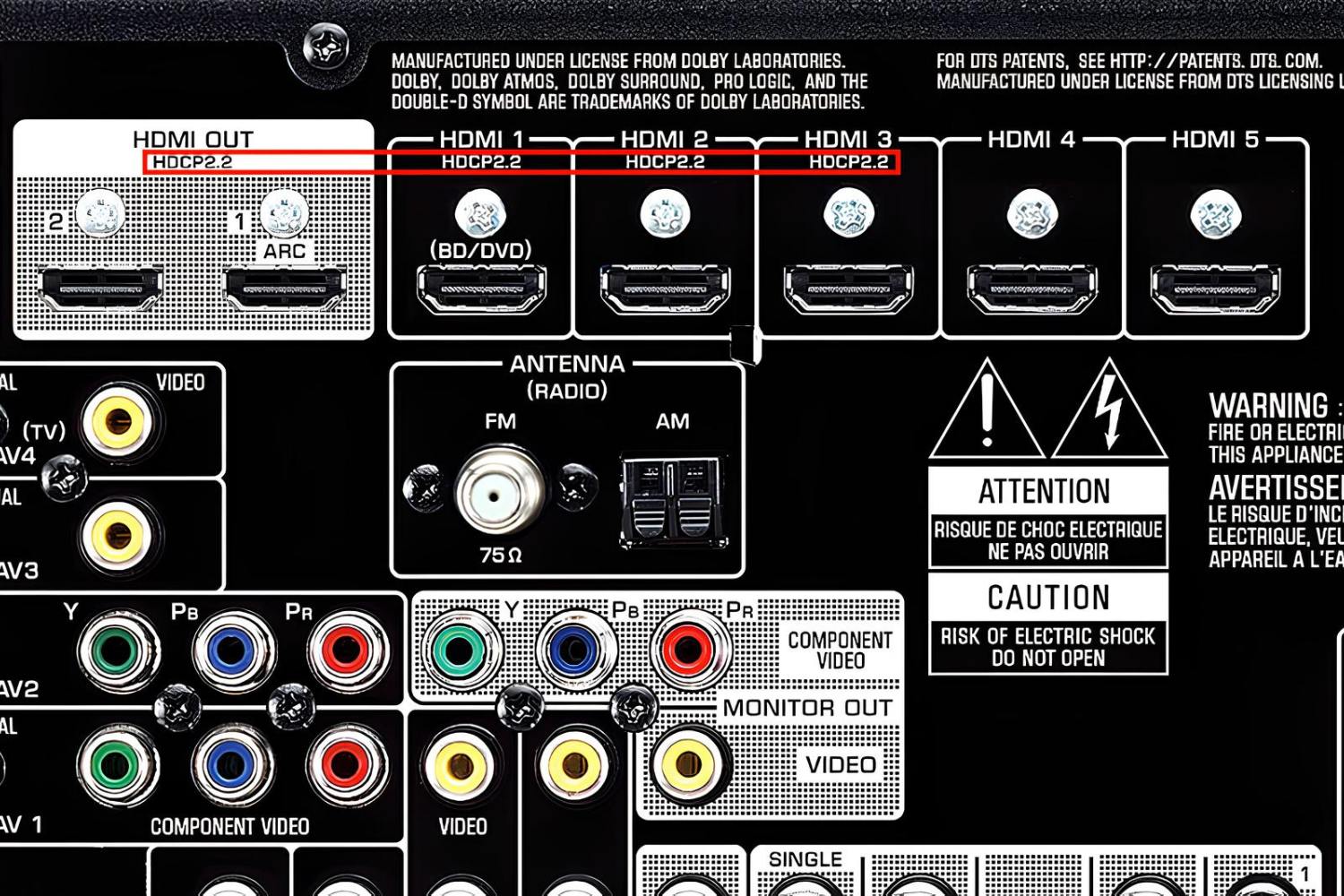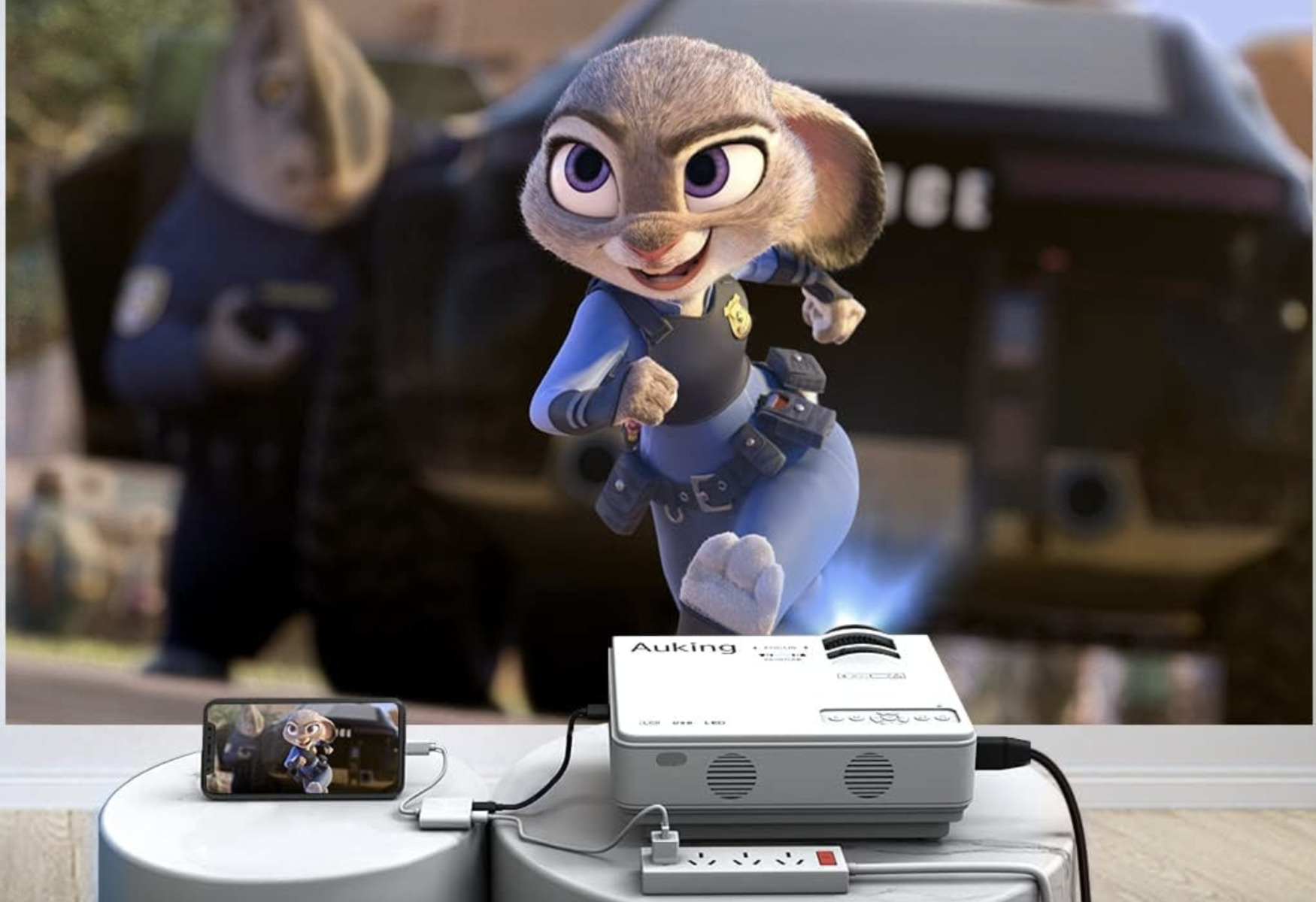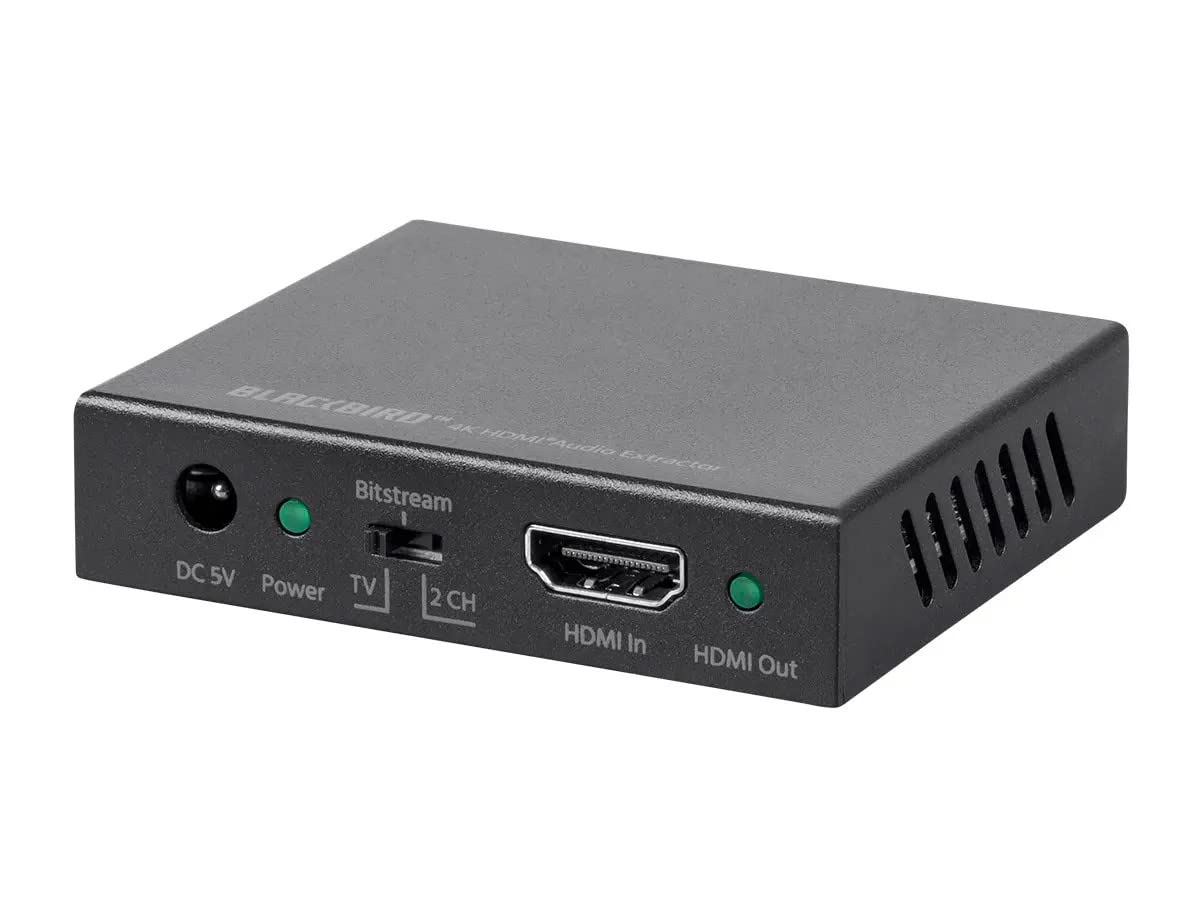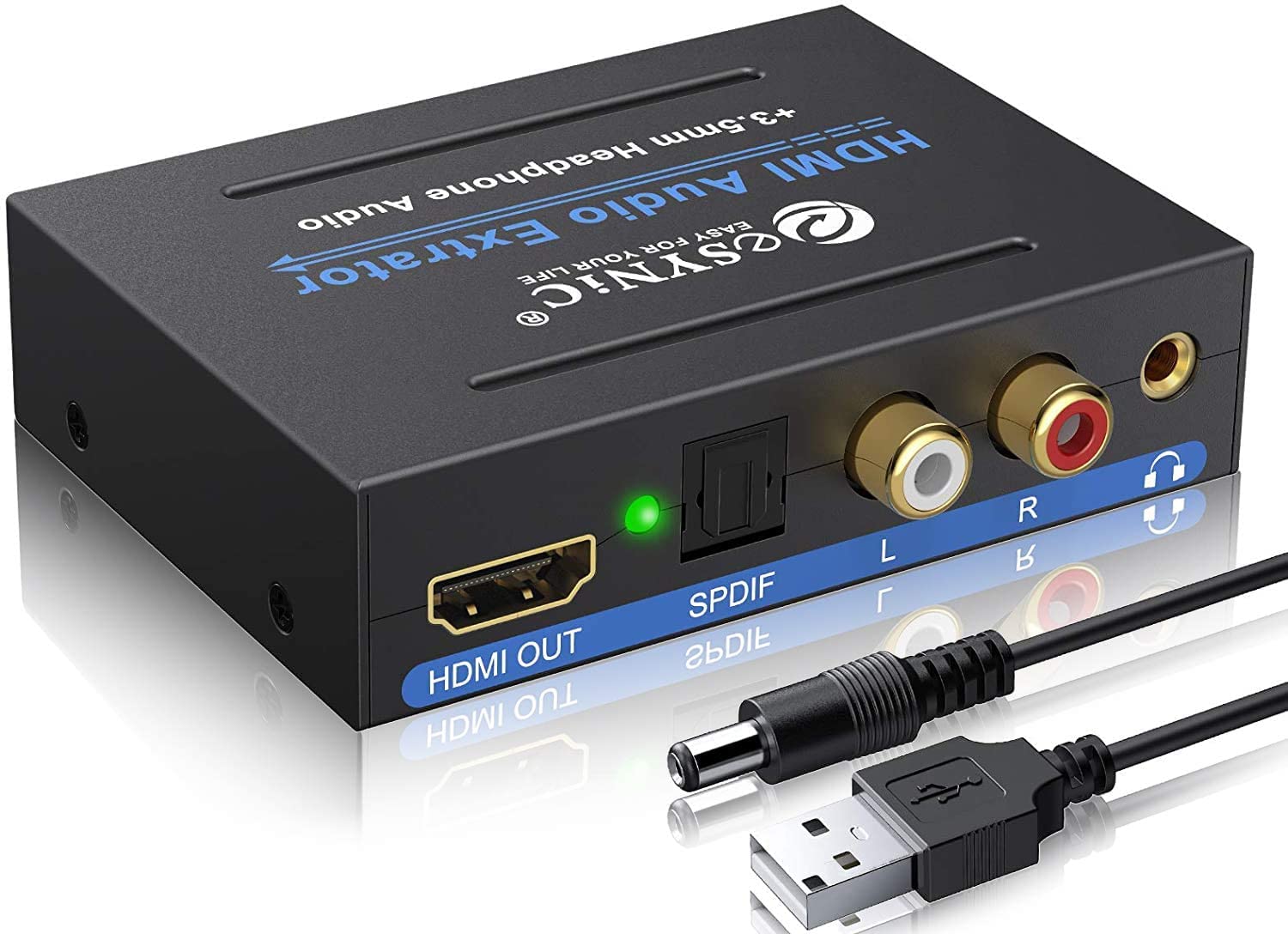Introduction
Welcome to the world of home entertainment, where the quality of your audio and video signals can make or break your viewing experience. If you're grappling with the dilemma of how to make your old AV receiver HDCP 2.2 compliant, you're in the right place. HDCP 2.2 (High-bandwidth Digital Content Protection) is a crucial technology designed to prevent unauthorized copying of 4K Ultra HD content. As 4K content becomes increasingly prevalent, ensuring HDCP 2.2 compliance is essential for seamless connectivity and optimal viewing.
In this comprehensive guide, we'll explore various methods to upgrade your AV receiver to HDCP 2.2 compliance, ensuring that you can enjoy the latest 4K content without any compatibility issues. Whether you're a tech enthusiast or a casual user, understanding HDCP 2.2 and its implications for your AV receiver is key to unlocking the full potential of your home entertainment system.
Join us as we delve into the intricacies of HDCP 2.2, learn how to check your AV receiver's HDCP compatibility, explore options for upgrading your AV receiver's firmware, consider the use of HDMI HDCP 2.2 converters, and weigh the possibility of purchasing a new AV receiver. By the end of this guide, you'll be equipped with the knowledge to make an informed decision and ensure that your AV receiver is ready to handle the latest 4K content with HDCP 2.2 compliance.
So, let's embark on this journey to demystify HDCP 2.2 and empower you to enhance your home entertainment setup. Whether you're a cinephile, a gaming enthusiast, or simply someone who appreciates high-quality audio and video, understanding and achieving HDCP 2.2 compliance for your AV receiver is a crucial step toward elevating your viewing experience. Let's dive in and unravel the world of HDCP 2.2 compatibility for your AV receiver.
Understanding HDCP 2.2
To effectively navigate the process of making your old AV receiver HDCP 2.2 compliant, it’s essential to grasp the significance of HDCP 2.2 and its role in the realm of 4K content protection. HDCP 2.2, a digital copy protection technology, is specifically tailored to safeguard the integrity of 4K Ultra HD content as it travels across various devices and connections.
At its core, HDCP 2.2 serves as a safeguard against unauthorized duplication and distribution of 4K content, ensuring that only legitimate, authorized devices can receive and display the high-resolution material. This technology operates by establishing a secure connection between the source device, such as a 4K Blu-ray player or streaming device, and the display device, such as a 4K television or projector.
One of the key advancements of HDCP 2.2 lies in its ability to handle the increased bandwidth required for 4K content, as compared to its predecessors. This heightened bandwidth enables the transmission of pristine, high-definition visuals and immersive audio, delivering an unparalleled home entertainment experience.
As the industry standard for 4K content protection, HDCP 2.2 has become a non-negotiable requirement for seamless compatibility with modern 4K sources and displays. Without HDCP 2.2 compliance, users may encounter frustrating compatibility issues, including the inability to view 4K content at its native resolution or even complete signal dropout.
Understanding the pivotal role of HDCP 2.2 in the 4K ecosystem is the first step toward ensuring that your AV receiver is equipped to handle the latest content with uncompromised quality. By delving into the nuances of HDCP 2.2, you’ll gain valuable insights into the necessity of upgrading your AV receiver to achieve compatibility with this essential technology.
Now that we’ve established the fundamental importance of HDCP 2.2, let’s proceed to explore the practical steps for evaluating and enhancing your AV receiver’s compatibility with this critical standard.
Checking Your AV Receiver’s HDCP Compatibility
Before embarking on the journey to upgrade your AV receiver to HDCP 2.2 compliance, it’s imperative to assess your current setup’s compatibility with this technology. Fortunately, there are several straightforward methods to determine whether your AV receiver supports HDCP 2.2.
Firstly, consult the user manual or specifications of your AV receiver. Manufacturers often explicitly state whether their devices are HDCP 2.2 compliant. If you no longer have the manual, you can typically find it on the manufacturer’s website by searching for your specific model number.
Alternatively, you can inspect the physical inputs and outputs on your AV receiver. Devices that are HDCP 2.2 compliant usually label their HDMI ports as such. Look for markings such as “HDCP 2.2,” “4K,” or “UHD” near the HDMI ports. If your AV receiver lacks these designations, it may not be equipped to handle HDCP 2.2-protected content.
If you’re unable to find clear indications of HDCP 2.2 compatibility through these methods, you can reach out to the manufacturer’s customer support for clarification. Provide them with your AV receiver’s model number and inquire about its HDCP 2.2 compatibility. The manufacturer’s customer service team can offer valuable insights and guidance based on the specific capabilities of your device.
Additionally, online forums and communities dedicated to home theater and audiovisual technology can be excellent resources for gathering information about HDCP 2.2 compatibility. Engaging with fellow enthusiasts and experts in these forums can provide real-world experiences and advice on assessing and addressing HDCP compatibility issues.
By thoroughly examining your AV receiver’s documentation, inspecting its physical ports, and leveraging the expertise of manufacturer support and online communities, you can confidently determine whether your current AV receiver is HDCP 2.2 compliant. Armed with this knowledge, you’ll be well-prepared to explore the next steps in achieving HDCP 2.2 compatibility for your home entertainment system.
Upgrading Your AV Receiver’s Firmware
If your AV receiver is not HDCP 2.2 compliant, one potential solution is to investigate whether a firmware update is available to enable this crucial functionality. Firmware serves as the operating system for your AV receiver, and manufacturers often release updates to introduce new features, improve performance, and enhance compatibility with evolving technologies such as HDCP 2.2.
Begin by visiting the manufacturer’s official website and navigating to the support or downloads section. Here, you can search for your AV receiver’s model and check for available firmware updates. If a firmware update specifically mentions HDCP 2.2 support or 4K compatibility, it may address the HDCP 2.2 compliance issue for your device.
Before proceeding with a firmware update, carefully review the instructions provided by the manufacturer. It’s crucial to follow the update process meticulously to avoid any potential complications or errors. Typically, firmware updates involve downloading the update file from the manufacturer’s website onto a USB drive, which is then inserted into the AV receiver for installation.
When performing a firmware update, ensure that your AV receiver is connected to a stable power source and that there are no interruptions during the update process. Any power fluctuations or interruptions could disrupt the update and potentially harm the device. Patience is key, as firmware updates may take some time to complete, and it’s essential to allow the process to finish uninterrupted.
After successfully updating the firmware, restart your AV receiver and verify that the update was applied correctly. Access the receiver’s settings or information menu to confirm the installed firmware version and check for any new options related to HDCP 2.2 or 4K content compatibility.
If the firmware update effectively enhances your AV receiver’s compatibility to include HDCP 2.2, you can proceed with confidence, knowing that your device is now equipped to handle the latest 4K content seamlessly. However, if a firmware update does not address the HDCP 2.2 compliance issue, don’t be disheartened. There are alternative solutions to explore, ensuring that you can enjoy the full spectrum of 4K entertainment without compromise.
Using an HDMI HDCP 2.2 Converter
If your AV receiver lacks native HDCP 2.2 support, employing an HDMI HDCP 2.2 converter presents a viable workaround to ensure seamless compatibility with 4K content. These converters, also known as HDMI HDCP 2.2 strippers or HDMI HDCP 2.2 to HDCP 1.4 converters, intercept the HDCP 2.2 signal from the source device and convert it to HDCP 1.4, which is compatible with older AV receivers.
When selecting an HDMI HDCP 2.2 converter, it’s crucial to choose a reputable and reliable model to ensure optimal performance and signal integrity. Look for converters that explicitly state support for HDCP 2.2 and 4K content, as this indicates their capability to handle the latest high-definition material without compromise.
The installation process for an HDMI HDCP 2.2 converter typically involves inserting it between the 4K source device, such as a Blu-ray player or media streamer, and the AV receiver. The converter intercepts the HDCP 2.2-protected signal, converts it to HDCP 1.4, and then transmits it to the AV receiver, allowing seamless playback of 4K content on non-HDCP 2.2 compliant devices.
It’s important to note that while HDMI HDCP 2.2 converters can enable 4K content to pass through older AV receivers, they may introduce a slight delay in the signal transmission. This delay, often referred to as latency, can vary among different converter models and may impact certain real-time applications such as gaming. Therefore, it’s advisable to consider the intended usage of your home entertainment system and evaluate whether the potential latency introduced by the converter aligns with your viewing preferences.
By incorporating an HDMI HDCP 2.2 converter into your setup, you can effectively bridge the gap between your older AV receiver and the latest 4K content sources, ensuring a seamless and immersive viewing experience. This solution offers a practical and cost-effective way to unlock the full potential of your home entertainment system without the need for a complete AV receiver replacement.
As we continue our exploration of HDCP 2.2 compliance for AV receivers, it’s essential to consider the potential benefits and considerations associated with using an HDMI HDCP 2.2 converter as a solution to enable seamless 4K content playback on non-compliant devices.
Purchasing a New AV Receiver
If your current AV receiver proves incompatible with HDCP 2.2 and alternative solutions such as firmware updates or HDMI converters do not align with your preferences, purchasing a new AV receiver that natively supports HDCP 2.2 may be the most straightforward and comprehensive solution. Upgrading to a modern AV receiver equipped with HDCP 2.2 compliance ensures seamless compatibility with the latest 4K content sources and provides a future-proof foundation for your home entertainment system.
When considering a new AV receiver, prioritize models explicitly labeled as HDCP 2.2 compliant. This designation signifies that the receiver is engineered to handle the stringent requirements of HDCP 2.2-protected content, enabling uninterrupted transmission of 4K signals from compatible source devices to your display.
Furthermore, assess the features and capabilities of prospective AV receivers to align with your specific audiovisual requirements. Look for additional attributes such as support for immersive audio formats, advanced video processing, network connectivity, and seamless integration with your existing home theater components. By selecting a new AV receiver with a comprehensive feature set, you can elevate your home entertainment experience beyond HDCP 2.2 compliance.
Before making a purchase, research and compare different AV receiver models to identify the one that best suits your needs. Customer reviews, professional evaluations, and industry recommendations can provide valuable insights into the performance, reliability, and user experience offered by various AV receivers. Additionally, consult with knowledgeable sales professionals or audiovisual specialists to gain personalized recommendations based on your specific requirements and budget.
When transitioning to a new AV receiver, consider the potential impact on your existing home theater setup. Ensure compatibility with your speakers, subwoofers, and other audio equipment, and verify that the new receiver’s connectivity options align with your display, media players, and gaming consoles. Planning for a seamless integration of the new AV receiver into your current setup is essential for a hassle-free transition.
Investing in a new AV receiver with native HDCP 2.2 support not only addresses the immediate need for 4K content compatibility but also positions your home entertainment system to embrace future advancements in audiovisual technology. By leveraging the capabilities of a modern AV receiver, you can enjoy a heightened level of performance, flexibility, and convenience, ensuring that your home theater remains at the forefront of immersive entertainment experiences.
Conclusion
As we conclude our exploration of making an old AV receiver HDCP 2.2 compliant, it’s evident that the evolution of home entertainment technology presents both challenges and opportunities for enthusiasts and casual users alike. HDCP 2.2 compliance has emerged as a crucial requirement for seamless integration of 4K content into home theater setups, and addressing this need effectively is essential for unlocking the full potential of modern audiovisual experiences.
Throughout this guide, we’ve delved into the intricacies of HDCP 2.2, understanding its significance in protecting 4K content and ensuring secure transmission between source devices and display equipment. We’ve also examined practical methods for evaluating and enhancing an old AV receiver’s compatibility with HDCP 2.2, ranging from firmware updates and HDMI converters to the prospect of investing in a new AV receiver with native HDCP 2.2 support.
By understanding the implications of HDCP 2.2 and exploring the available solutions, you’re empowered to make informed decisions regarding the enhancement of your home entertainment system. Whether through firmware updates to enable HDCP 2.2 compliance, the use of HDMI converters to bridge compatibility gaps, or the strategic investment in a new AV receiver, you have a range of options to ensure that your AV receiver aligns with the demands of modern 4K content.
As technology continues to advance, it’s essential to stay informed and adaptable, embracing solutions that cater to the evolving landscape of home entertainment. By leveraging the insights and recommendations presented in this guide, you’re well-equipped to navigate the process of making your old AV receiver HDCP 2.2 compliant, ensuring that your home theater remains at the forefront of immersive audiovisual experiences.
Ultimately, the pursuit of HDCP 2.2 compliance for your AV receiver is a testament to your commitment to quality, innovation, and the pursuit of an unparalleled home entertainment experience. With the right approach and informed decision-making, you can seamlessly integrate the latest 4K content into your home theater, immersing yourself in the captivating visuals and immersive audio that define the modern era of entertainment.







